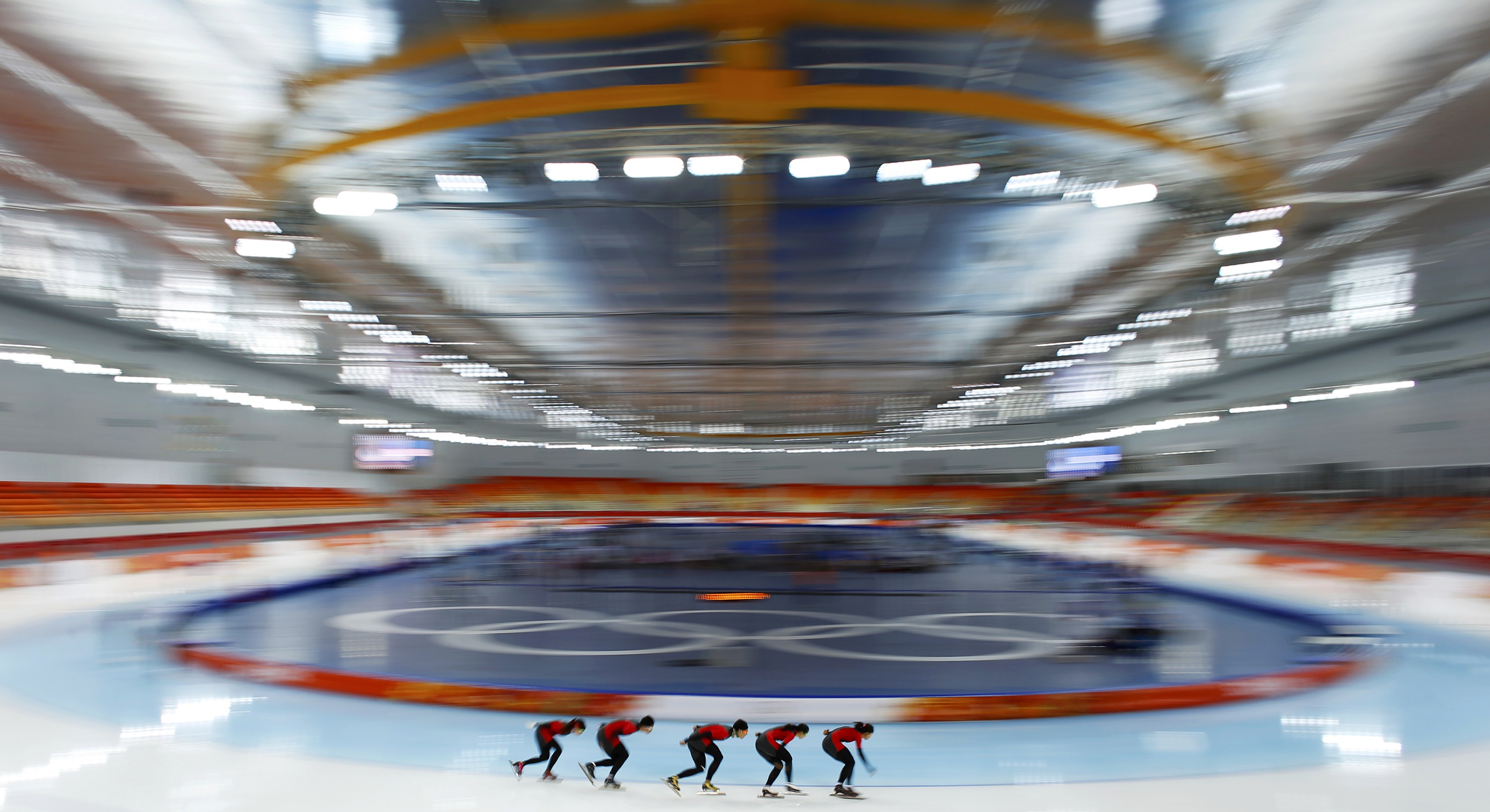Winter Olympics preview: Speed Skating (Long Track)
History
We were so close to being able to say that Speed Skating, like Hockey and Figure Skating, was originally a Summer Olympics sport, but alas, it wasn’t meant to be. After first being discussed for Olympic inclusion ahead of the 1908 Summer Games in London, Speed Skating didn’t make its debut until 1924 at the International Winter Sports Week in Chamonix, now referred to as the 1924 Winter Olympics.
Not to be confused with Short Track Speed Skating - which was introduced to the Olympics in 1992 - its long track cousin is simply referred to as Speed Skating. Participants race on a two-lane oval rink with each lane three to four meters wide. Similar to an athletics track on ice, its length is typically 400m. To ensure that both the inside racer and the outside racer cover the same distance, the skater switch lanes at the back straight, usually without incident.
Events
Men’s and women’s 500m, 1000m, 1500m, 5000m and Team Pursuit. Men’s 10000m, and women’s 3000m.
Venue: Adler Arena

Located at the Olympic Park in Sochi, the Adler Arena seats 8,000 people and was specifically built as a Speed Skating oval at a cost of more than $30 million. After the Olympics, it will be transitioned into an exhibition center.
The Top Story
Legacies are on the line. Sven Kramer and Shani Davis really have nothing to prove to anyone. However, both skaters have the chance to cement their legacies in Sochi. Kramer already owns the World Records in his events, but three more gold medals would put him in the same conversation as Jan Olav Koss for greatest speedskater of all time. Meanwhile, a gold in the 1000m for Davis means he’d not only become the first male skater to win the 1000m event in three straight Olympics, but also the first U.S. Olympian to ever win three consecutive golds in the same event.
Five Names To Remember
Sven Kramer (Netherlands) - 5000m, 10000m: The world record holder in the 5000m and 10000m (and team pursuit) is the greatest speed skater of a generation. Not maybe. Not arguably. He’s the greatest.
Shani Davis (United States) - 1000m, 1500m: After taking home Gold in Turin in 2006 (becoming the first black athlete ever to to capture an individual Gold Medal at the Winter Olympics) and Vancouver in 2010, Davis will try to become the first male skater to ever win the 1000m event in three straight Olympics.
Heather Richardson (United States) - 500m, 1000m, 1500m: Last season, the 15-time World Cup 1000m medalist (eight gold, six silver, one bronze) was the World Cup overall 1000m champion and the World Sprint Championships overall champion.
Ireen Wüst (Netherlands) - 1500m, 3000m, 5000m: The youngest ever Dutch Olympic champion, Wüst could win her third gold medal in as many Olympics, and she’s only 27-years-old.
Lee Sang-hwa (South Korea) - 500m: A sprint specialist, Lee Sang-hwa is the defending 500m Olympic champion, and the current world record holder at that distance, as well. In fact, over a week long period this past November, she set three world record times in a row.
Three Terms You Need To Know
Clap skate: The type of skate used in long-track speedskating. The blade on the clap skate detaches from the heel of the boot, allowing it to remain on the ice through a skater’s entire stride.
Crossover: A technique for which the skater pushes one leg behind the other to maximize speed in turns. When going around a curve, a skater will counteract gravitational force, by leaning at a pronounced angle.
Turnover: Refers to the stride rate of a skater, or how fast they make each stride.
Previews for each individual event below.